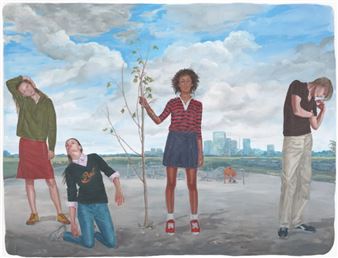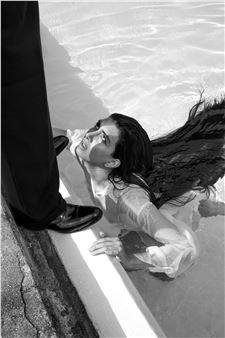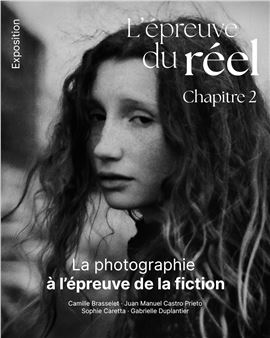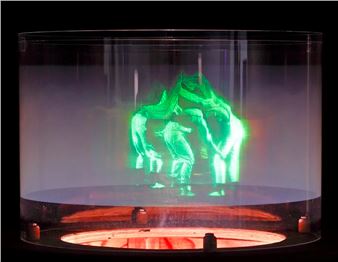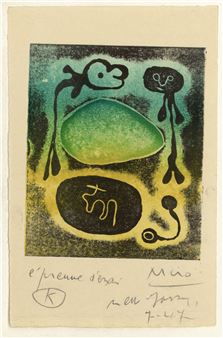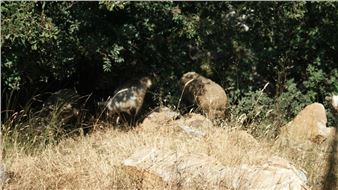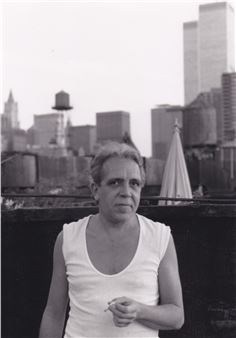Hard Gelatin
On 22 August 1979, the editorial in the newspaper El Pais entitled ‚ÄėReform, break up and symbols‚Äô reflected on the years following the dictatorship and the ‚Äėpeaceful and gradual‚Äô transition to a parliamentary monarchy led by ‚Äėpoliticians and professionals from the previous regime, who had acquired their skills and capabilities by being pragmatic and serving a power that had systematically denied, in theory and in practice, the rights and freedoms of constitutional democracy‚Äô. We have paid a high ‚Äėmoral and monetary‚Äô price for this process, since the institutional framework on which it was built can still be felt today, and it is still difficult, not to say annoying in some circles, to reclaim the right to the historic memory or to talk about the problems and the cost to the country of this transition.
The official account of the eighties advocated installing a democracy that prioritised necessity over reason and looked toward the future to the detriment of analysing the recent past. The official construction of the country rejected all critical considerations on any affiliation to the Franco regime, and was based on the principles of forgetting. Political parties used culture as a form of mediation of great potential. Culture was seen as celebratory and festive, as exemplified by the movida in Madrid and Galicia, and was orchestrated as such to project the image of a country with an active, dynamic and fashion-conscious youth; a country that had overcome its grey past and looked to the future with creative ideas and an apparent drive for renewal. This official narrative resembled a media circus. A country that had in the past suffered a dearth of cultural institutions promoting art and contemporary creation was now hell-bent on filling the gap with grants for artists, spaces for emergent art, mammoth institutions such as the MNCARS, the ARCO art fair and all types of events. In Barcelona a huge urban transformation got underway with the proclamation of the 1992 Olympic Games, and the idea of creating a contemporary art museum took flight thanks to a Consortium formed by the Ajuntament (City Council), the Generalitat de Catalunya (Catalan government) and the MACBA Foundation.
Focusing on the period 1977‚Äď1992, the exhibition reflects on a series of historical events of a socio-political nature. It features the work of groups, cultural activists and artists who went against the grain by embodying attitudes that, ten years earlier, had been symbols of refutation, irony and political dissent. While in the seventies underground art was shrouded in secrecy and thwarted by censorship, in the eighties it argued for a critical reformulation of cultural practices. Through publications, magazines, comics and anti-artistic exercises, they added a sour note to the democratic regeneration of the country by questioning the political parties‚Äô desire to ‚Äėturn a new page‚Äô and forget the years of dictatorship, without a due process of political accountability and an analysis of the social consequences.
The project aims to recover the experiences and memories of that period, from today‚Äôs perspective and based on possible accounts: ‚ÄėForgotten memory‚Äô, about anti-history, counter-information and the omission of the recent past; ‚ÄėBlind spots‚Äô, from autonomous groups to the institutionalisation of democracy: ‚ÄėFrom the blue overalls to white collars‚Äô, from the dismantling of workers‚Äô movements to the transformation of industry; ‚ÄėIn the neighbourhood of my dreams‚Äô, from ferocious town planning to great celebratory events; ‚ÄėThe beautiful losers‚Äô, about drugs as a personal option and the deactivating strategies of power; ‚ÄėStolen words‚Äô, counterculture versus institutional art; ‚ÄėFizzy state‚Äô, on escapism as a weapon, an imagined world.
The exhibition includes films, documentaries, TV programmes, journals, comics, fanzines and artworks, among others, mixing the aesthetic, social and political in an attempt to reveal alternative accounts of a fascinating period from our recent history and also our present history. Featured are works and materials from Video Nou, and artists Isidoro Valc√°rcel Medina, Pere Portabella, the Bartolom√© brothers, Tino Calabuig, Ant√≥n Pati√Īo, Joaquim Cerd√†, Taller Llun√†tic, Llu√≠s Juncosa, Rogelio L√≥pez Cuenca, Manolo Laguillo, Preiswert, Agust√≠n Parejo School, Miguel Benlloch, Zush, Vagina Dentata Organ/Jordi Valls, among others.
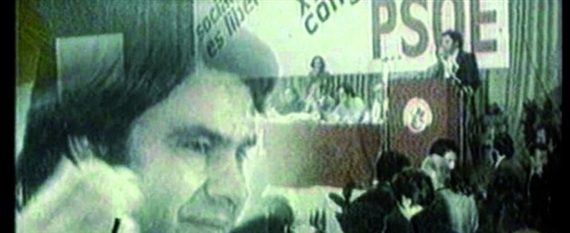
Recommended for you
On 22 August 1979, the editorial in the newspaper El Pais entitled ‚ÄėReform, break up and symbols‚Äô reflected on the years following the dictatorship and the ‚Äėpeaceful and gradual‚Äô transition to a parliamentary monarchy led by ‚Äėpoliticians and professionals from the previous regime, who had acquired their skills and capabilities by being pragmatic and serving a power that had systematically denied, in theory and in practice, the rights and freedoms of constitutional democracy‚Äô. We have paid a high ‚Äėmoral and monetary‚Äô price for this process, since the institutional framework on which it was built can still be felt today, and it is still difficult, not to say annoying in some circles, to reclaim the right to the historic memory or to talk about the problems and the cost to the country of this transition.
The official account of the eighties advocated installing a democracy that prioritised necessity over reason and looked toward the future to the detriment of analysing the recent past. The official construction of the country rejected all critical considerations on any affiliation to the Franco regime, and was based on the principles of forgetting. Political parties used culture as a form of mediation of great potential. Culture was seen as celebratory and festive, as exemplified by the movida in Madrid and Galicia, and was orchestrated as such to project the image of a country with an active, dynamic and fashion-conscious youth; a country that had overcome its grey past and looked to the future with creative ideas and an apparent drive for renewal. This official narrative resembled a media circus. A country that had in the past suffered a dearth of cultural institutions promoting art and contemporary creation was now hell-bent on filling the gap with grants for artists, spaces for emergent art, mammoth institutions such as the MNCARS, the ARCO art fair and all types of events. In Barcelona a huge urban transformation got underway with the proclamation of the 1992 Olympic Games, and the idea of creating a contemporary art museum took flight thanks to a Consortium formed by the Ajuntament (City Council), the Generalitat de Catalunya (Catalan government) and the MACBA Foundation.
Focusing on the period 1977‚Äď1992, the exhibition reflects on a series of historical events of a socio-political nature. It features the work of groups, cultural activists and artists who went against the grain by embodying attitudes that, ten years earlier, had been symbols of refutation, irony and political dissent. While in the seventies underground art was shrouded in secrecy and thwarted by censorship, in the eighties it argued for a critical reformulation of cultural practices. Through publications, magazines, comics and anti-artistic exercises, they added a sour note to the democratic regeneration of the country by questioning the political parties‚Äô desire to ‚Äėturn a new page‚Äô and forget the years of dictatorship, without a due process of political accountability and an analysis of the social consequences.
The project aims to recover the experiences and memories of that period, from today‚Äôs perspective and based on possible accounts: ‚ÄėForgotten memory‚Äô, about anti-history, counter-information and the omission of the recent past; ‚ÄėBlind spots‚Äô, from autonomous groups to the institutionalisation of democracy: ‚ÄėFrom the blue overalls to white collars‚Äô, from the dismantling of workers‚Äô movements to the transformation of industry; ‚ÄėIn the neighbourhood of my dreams‚Äô, from ferocious town planning to great celebratory events; ‚ÄėThe beautiful losers‚Äô, about drugs as a personal option and the deactivating strategies of power; ‚ÄėStolen words‚Äô, counterculture versus institutional art; ‚ÄėFizzy state‚Äô, on escapism as a weapon, an imagined world.
The exhibition includes films, documentaries, TV programmes, journals, comics, fanzines and artworks, among others, mixing the aesthetic, social and political in an attempt to reveal alternative accounts of a fascinating period from our recent history and also our present history. Featured are works and materials from Video Nou, and artists Isidoro Valc√°rcel Medina, Pere Portabella, the Bartolom√© brothers, Tino Calabuig, Ant√≥n Pati√Īo, Joaquim Cerd√†, Taller Llun√†tic, Llu√≠s Juncosa, Rogelio L√≥pez Cuenca, Manolo Laguillo, Preiswert, Agust√≠n Parejo School, Miguel Benlloch, Zush, Vagina Dentata Organ/Jordi Valls, among others.

 ARTISTS
ARTISTS







